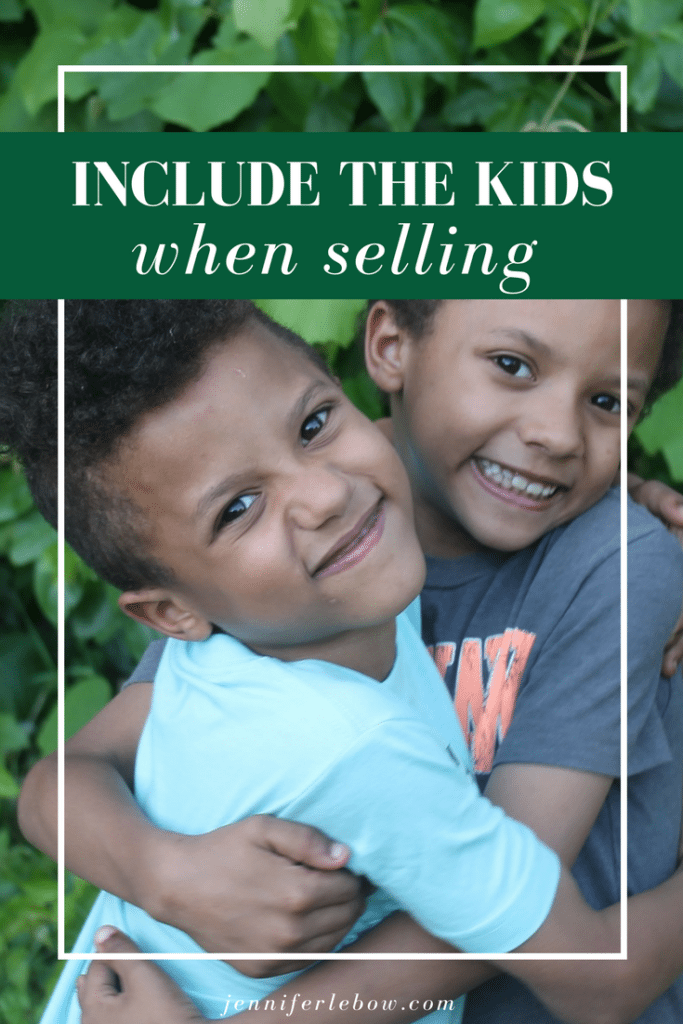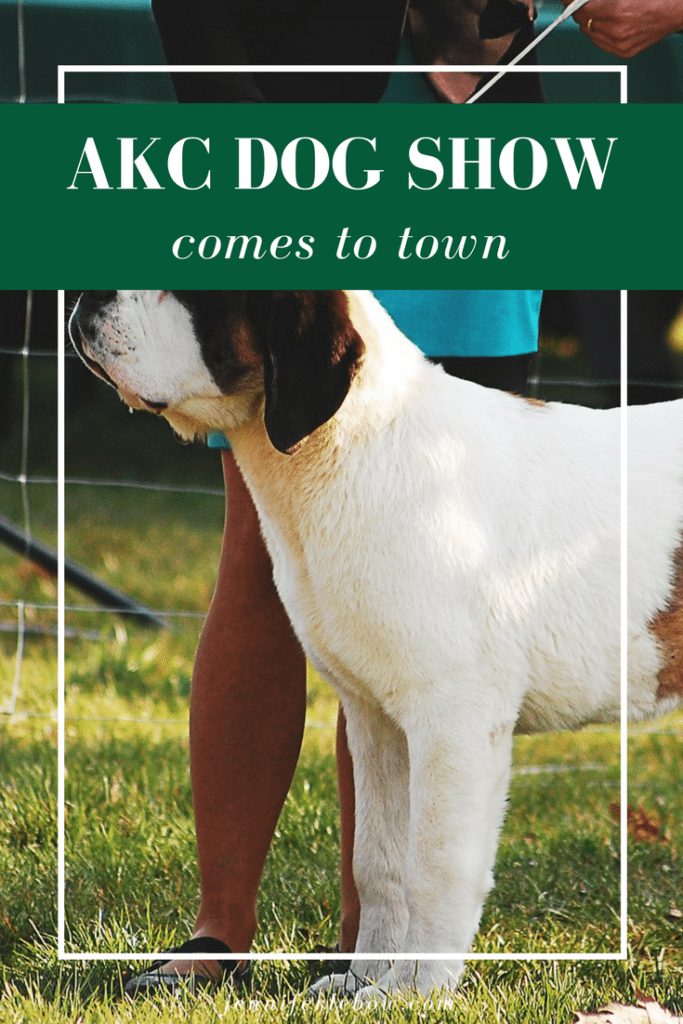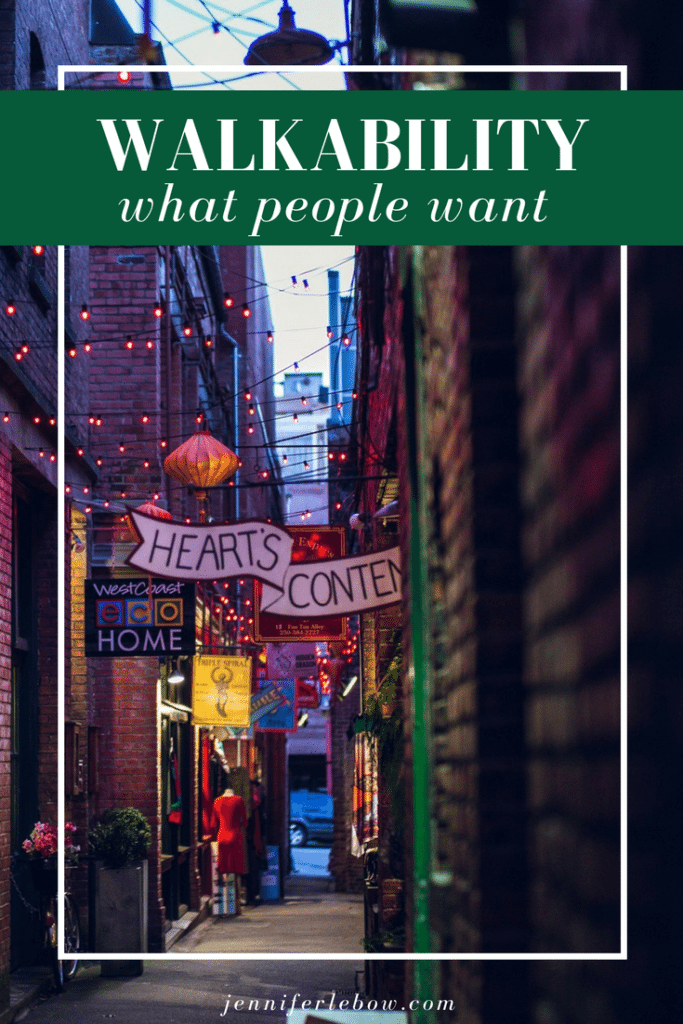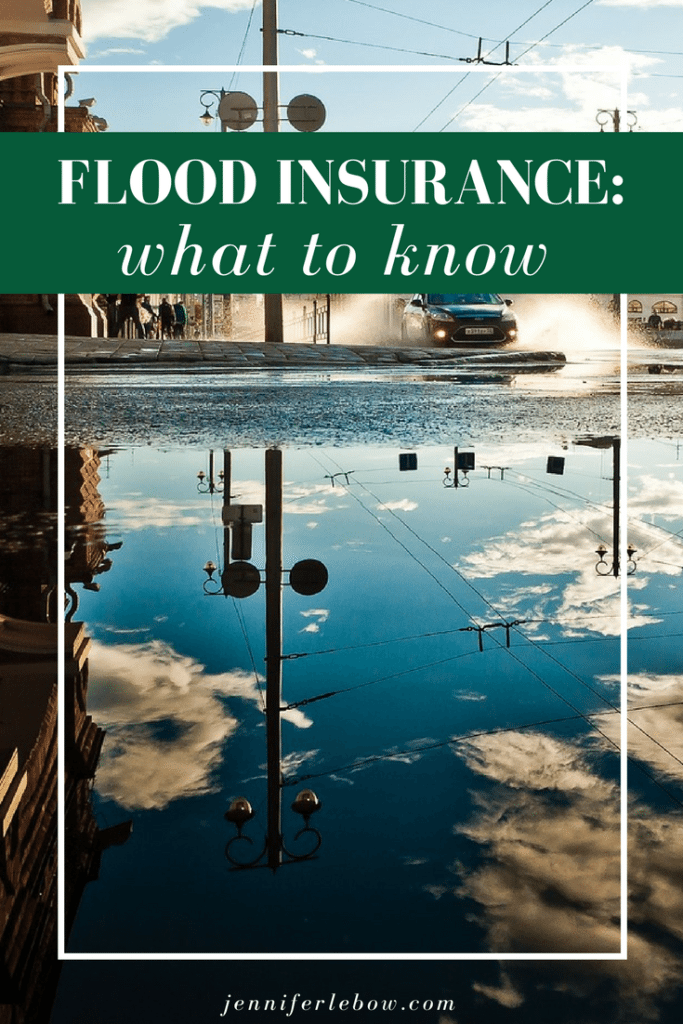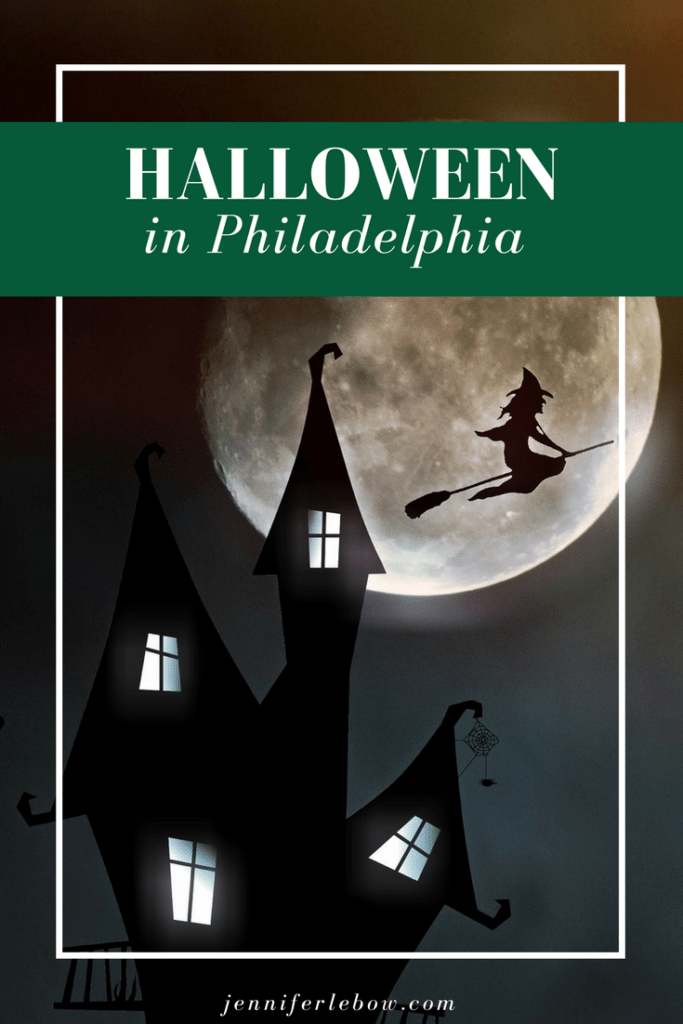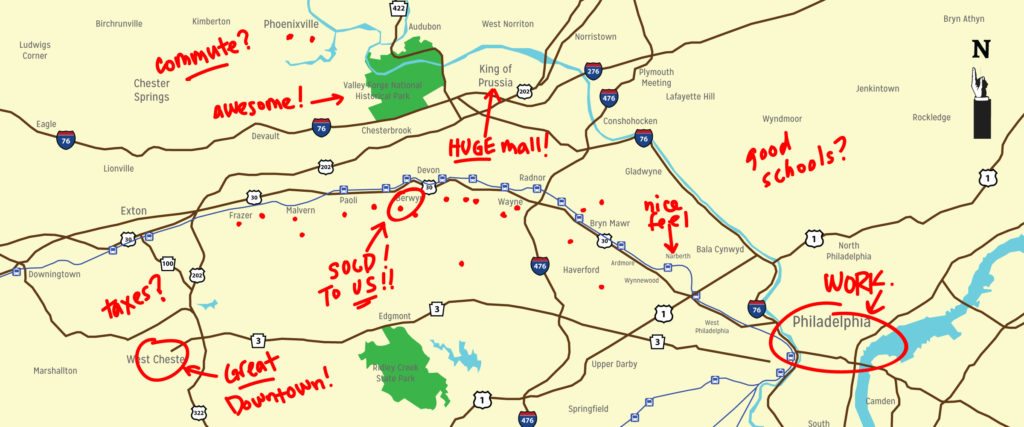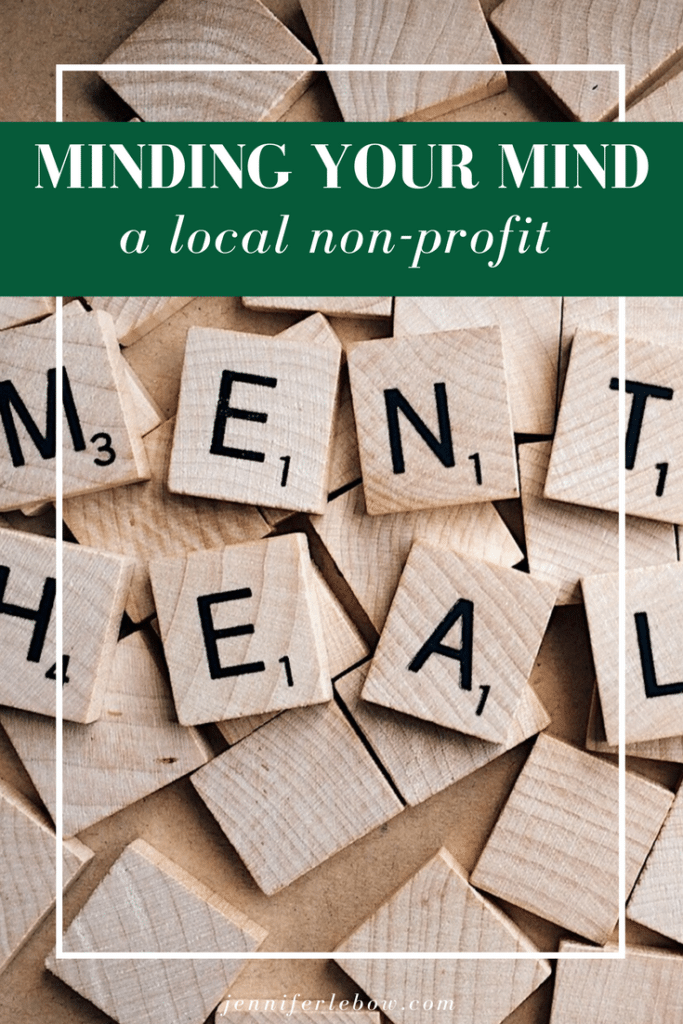
Some of you may be familiar with the the non-profit Minding Your Mind, founded by Ardmore locals Steven and Amy Erlbaum. I wasn’t, until I recently met a woman who sits on the organization’s board of directors. The Erlbaums started Minding Your Mind, which focuses on helping young adults (often college students) try to navigate their way through the often stigmatized waters of mental illness. How? They bring speakers (usually in their early 20s, so that the target audience can relate to them) into schools and colleges to speak openly and plainly about the importance of good mental health and how to maintain it. They address issues including drug abuse and bullying, depression, suicide, eating disorders and self-harm.
While there are lots of theories about why there has been such an explosion in mental health struggles among adolescents and young adults (too much iphone/social media use, a loss of ability to connect in person and in “real time”, competition for admission to colleges, a tight job market, etc.), the statistics are undeniable and we are experiencing a mental health crisis in this country. While there are many therapists out there to help people deal with their individual challenges, Minding Your Mind’s vision is to educate people and destigmatize mental illness so that frank, productive discussion and prevention (as well as treatment) can occur more easily and before things are dire for any given person. I applaud the efforts of Minding Your Mind and wanted to do what I could to raise awareness of this organization and its mission. If you’d like more information, please visit their website.

